
Revisiting the World’s First Public Museum
[caption id="OxfordsAshmoleanGetsaMakeover_Feature" align="aligncenter" width="741"]
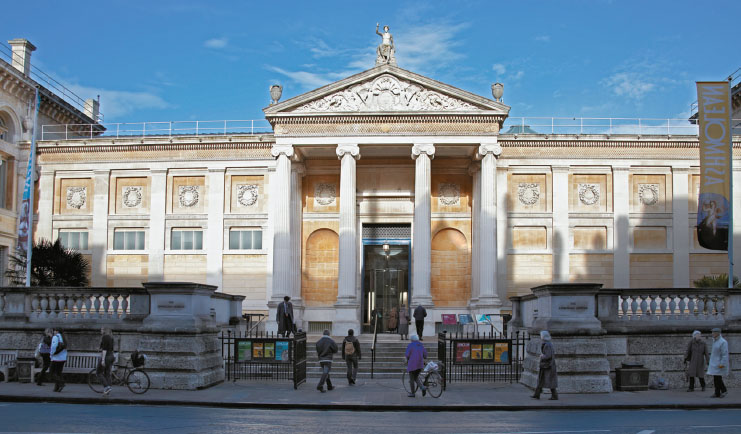
©ASHMOLEAN MUSEUM, UNIVERSITY OF OXFORD
[caption id="OxfordsAshmoleanGetsaMakeover_img1" align="aligncenter" width="987"]

©GREG SMOLONSKI
[caption id="OxfordsAshmoleanGetsaMakeover_img2" align="aligncenter" width="951"]
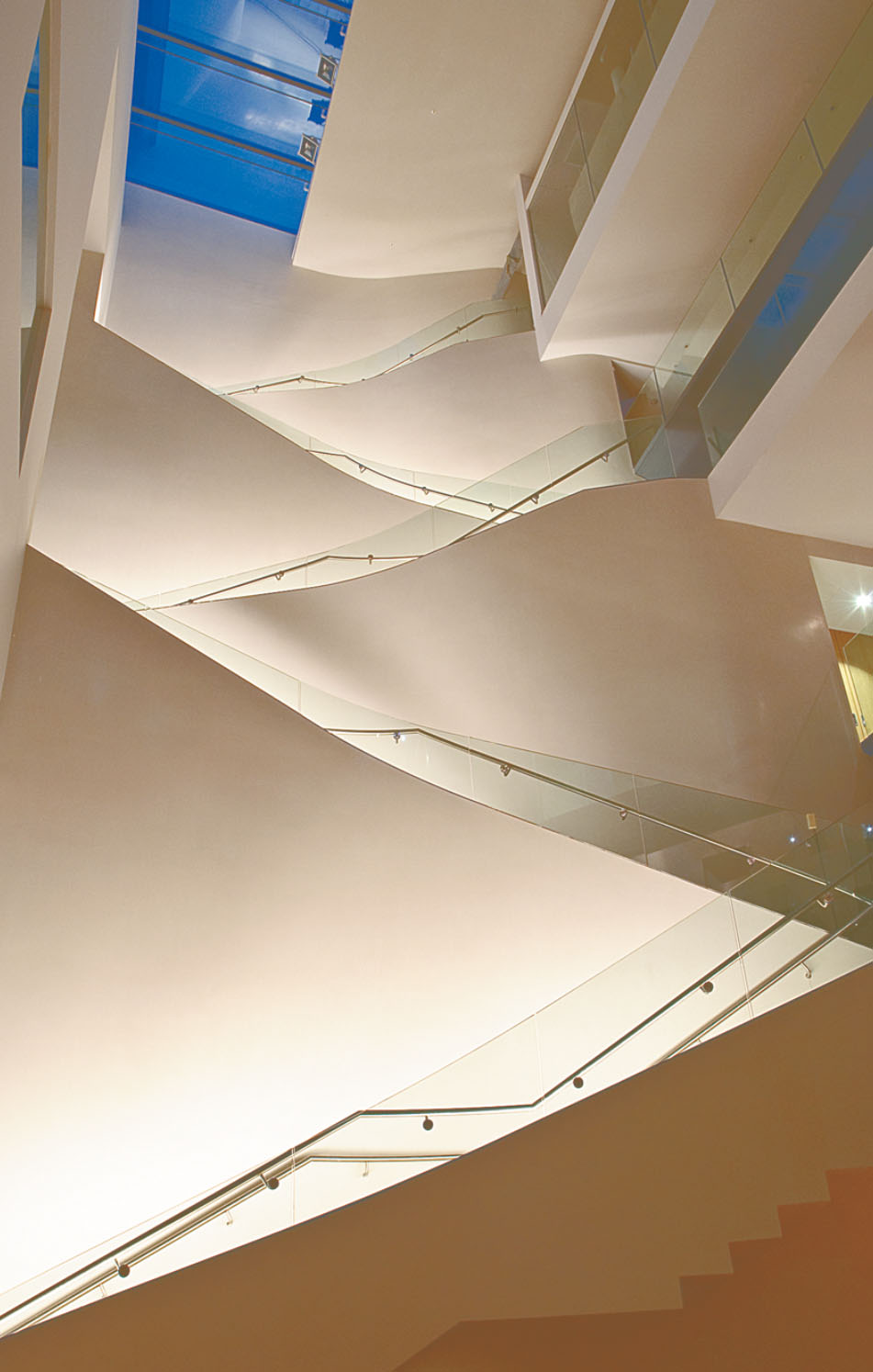
©ANDY MATTHEWS
In the 17th century, it was fashionable for the wealthy and well-traveled to display their exotic souvenirs in a “cabinet of curiosities.” Stuffed reptiles, fossils, native crafts, seashells, scarabs and coins might share space in these small, eclectic museums. Most of them gathered dust and were never seen except by the family.
Such a cabinet was assembled by gardening pioneers, the John Tradescants, father and son. They specialized in natural history specimens—they even had a stuffed dodo, alas eventually so moth-eaten that it was discarded except for its head and one claw. But the collection comprised coins, books, carved spoons, engravings and other treasures as well. They displayed them in their home, called The Ark, in Lambeth, South London.
Recognizing their worth as educational artifacts, the Tradescants deeded the collection to antiquarian Elias Ashmole in gratitude for his help and financial backing in cataloging them and publishing the results. In 1677 Ashmole passed them on to the University of Oxford. The Ashmolean officially opened on May 21, 1683, as the world’s first public museum. It was a scientific research facility of the university, but also a resource for the general public.
After suffering years of neglect, the museum was redone by William Huddesford in the mid-1750s. He organized the natural history species to conform to the classifications of Carl Linnaeus, the “Father of Taxonomy.” In the early 1820s, the Ashmolean went into yet another decline, then was revived by brothers John and Philip Duncan. They gave priority to natural history to prove the existence of God as revealed in nature.
The importance of the museum diminished again until the 1800s, when curator Arthur Evans expanded the collection, sometimes trading with other museums for more appropriate artifacts. The Ashmolean soon outgrew its original premises, and buildings, described today as “sheds,” were attached to a neoclassical building designed by C.R. Cockerell to house the university’s art collection. The new Ashmolean opened in 1845, and the two collections merged in 1908, forming the present Ashmolean Museum of Art and Archaeology.
In time, coins and medals from the Bodleian, and Oriental materials from the Indian Institute joined the Ashmolean’s holdings, which were on their way to becoming first-rate. Eventually it would have the most Egyptian pre-Dynastic artifacts outside of Cairo, the greatest Anglo-Saxon collections outside the British Museum, one of the world’s finest collections of Japanese export porcelain and one of the best collections of Pre-Raphaelite paintings. Admission then and now is free.
[caption id="OxfordsAshmoleanGetsaMakeover_img3" align="aligncenter" width="856"]
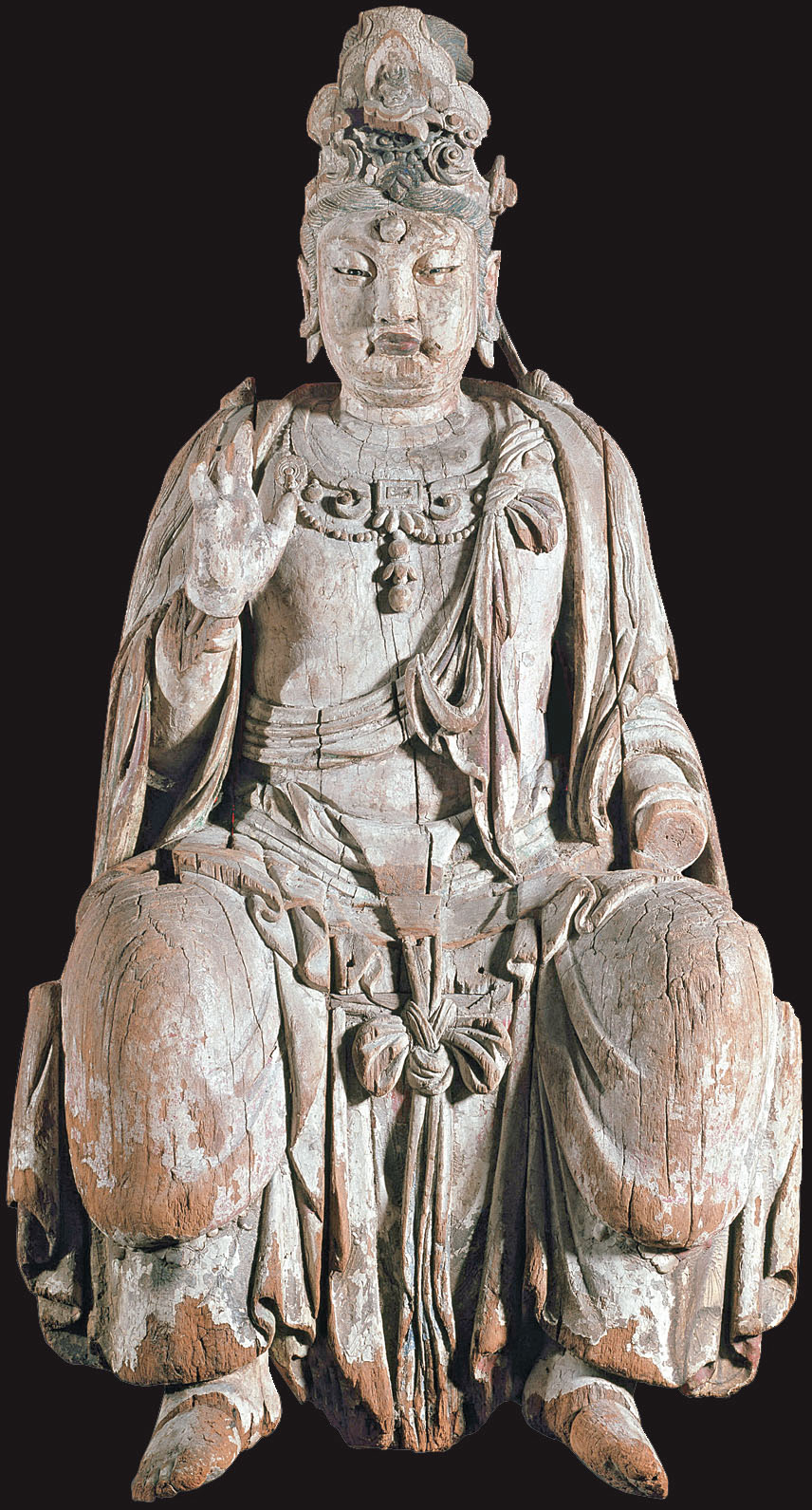
©ASHMOLEAN MUSEUM, UNIVERSITY OF OXFORD
[caption id="OxfordsAshmoleanGetsaMakeover_img4" align="aligncenter" width="340"]
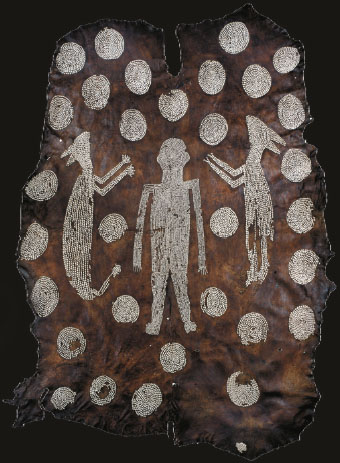
©ASHMOLEAN MUSEUM, UNIVERSITY OF OXFORD
[caption id="OxfordsAshmoleanGetsaMakeover_img5" align="aligncenter" width="250"]
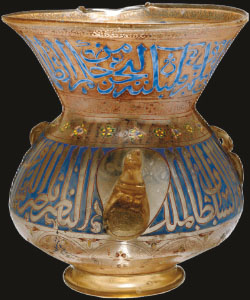
©ASHMOLEAN MUSEUM, UNIVERSITY OF OXFORD
[caption id="OxfordsAshmoleanGetsaMakeover_img6" align="aligncenter" width="346"]
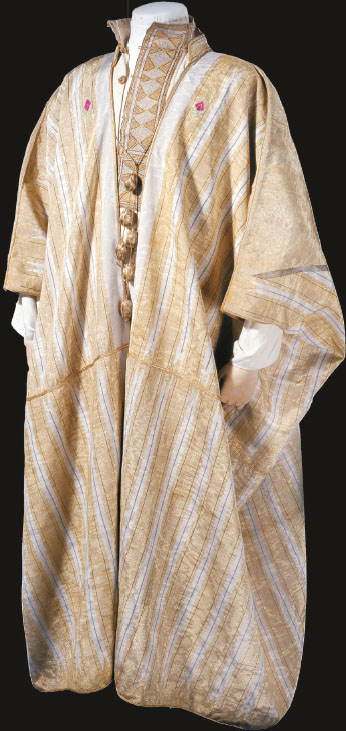
©ASHMOLEAN MUSEUM, UNIVERSITY OF OXFORD
‘THE ALFRED JEWEL, ONE OF THE MUSEUM’S FINEST ITEMS, GLEAMS WITH GOLD, CLOISONNE AND ROCK CRYSTAL’
[caption id="OxfordsAshmoleanGetsaMakeover_img7" align="aligncenter" width="1024"]

©ASHMOLEAN MUSEUM, UNIVERSITY OF OXFORD
By 2006, with new thinking in the air about what a museum should be and how best to conserve and display the most significant museum of art and archaeology in the heart of England, a vast renovation program began. The design and construction was done by Rick Mather Architects and funded in part by the Heritage Lottery Fund. The old Victorian sheds disappeared, to be replaced by 39 new galleries, all within a 65-foot-high atrium. The original Cockerell building, with its stately classical columns facing Beaumont Street, remains intact, but opens into a series of light, airy, climate-controlled rooms filling five floors. Queen Elizabeth opened the new building on December 2, 2009.
“We’ve done the collection in a cross-cultural way, so you move around the ancient world floor up to the making of the modern world,” explains Publicity Department member Claire Parris. It’s all intended to follow a logical plan, titled “Crossing Cultures Crossing Time.” The problem is, there are just too many wonderful distractions along the way. The money gallery may lead logically into reading and writing, then textiles and mathematics. But on the way there are endless amounts of Greek pottery to be admired, as the heads of eminent Greek philosophers look down from the wall onto a huge bronze Zeus.
Now we’re in India, where an eight-lobed mother-of-pearl bowl glows as though lit from within. Now we’re in China, where a fantastic man’s robe with polychrome embroidery in gold thread is displayed beside a book picturing the identical robe. In the display called “Ark to Ashmolean,” another enormous robe of deerskin ornamented with shells, catches the eye. Probably acquired by the younger John Tradescant, it is called “Powhatan’s Mantle,” or “the robe of the king of Virginia,” and was owned by Native American chief Powhatan, father of Pocahontas.
Visitors learn that some things never change. “The menfolk bind up their heads, they wear long garments. The women wear a covering over their heads and you cannot see their faces,” said a Chinese Muslim visiting Mecca in 1432. In turn, a visitor to China in the early 1900s praised China’s artisans, calling them the “most skillful of Allah’s creation in designing and fabricating.” Because Arab and Indian navigators learned to sail the open sea and take advantage of shifting monsoon winds, the world’s cultures were spread and fused, affecting religions, transfer of goods, cultural mores and artistic styles. Spices, potatoes, tobacco, sugar, coffee, tea, chocolate and beans were just a few of the humble items that changed diet and cultures worldwide. Pipes, tea jars and snuffboxes illustrate this concept.
An interactive display provides further interpretation. Touch “Empire and Conflict” and learn that big trading companies evolved into quasi-rulers, paving the way for colonial empires. Open “Middle East to America” and see how technologies move around the world, such as tin glazing techniques that transferred from the Middle East to Mexico.
One gallery is set up like an Italian palace or English country house to display marble and bronze sculptures, master paintings, furniture, clocks and silver. Another pairs musical instruments, such as Amati and Stradivarius violins, with tapestries depicting music.
Some of the items present mysteries. A lacquer and ivory Chinese sewing box from 1800 is fitted with an array of gadgets, but apart from a thimble and some spools, it’s hard to say what a modern seamstress would do with them. An Indian game has little domes on a cruciform board, but there is probably no instruction sheet tucked inside. The Alfred Jewel, one of the museum’s finest items, gleams with gold, cloisonne and rock crystal, but whether it was an ornament, a book pointer or a symbol of high office is debatable. Powhatan’s Mantle is much too big for a robe and was probably a wall hanging. Elias Ashmole donated an ebony chair from Sri Lanka, but was it really given him by Charles II? The jury is still out.
Hungry visitors have a choice of two venues. The cafe on the first floor, adjoining the gift shop, serves cakes, pastries, sandwiches and the like. Those who would prefer to dream among Oxford’s spires can adjourn to the fourth floor, where the Ashmolean Dining Room is the city’s first rooftop restaurant. It offers rustic European dishes accompanied by some 80 wines from around the world. Reservations are necessary.
Says information volunteer Julia Walters: “There’s quite a controversy on how (the Ashmolean) is laid out. Some people like it enormously and some like it far less. I think the problem is you tend to wander from one gallery to another without realizing you have moved on. You should have your floor plan with you.” Or you can just stroll about and revel in what has been called the finest university museum in the world.
For more information on the Ashmolean, see www.ashmolean.org. Everything anybody would want to know.





Comments